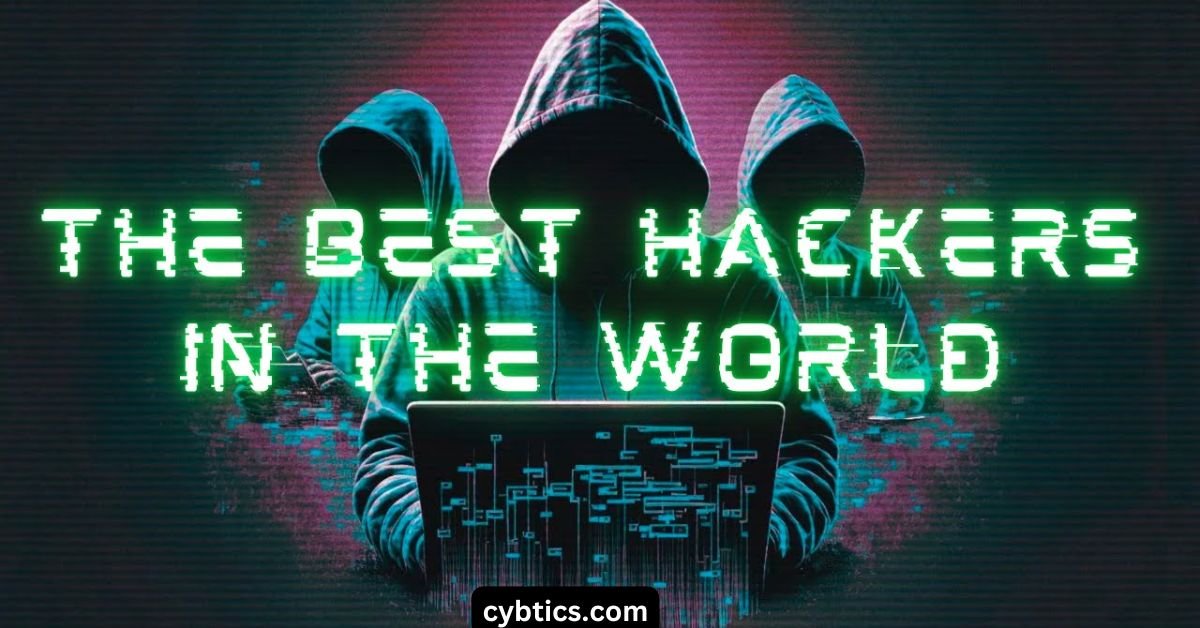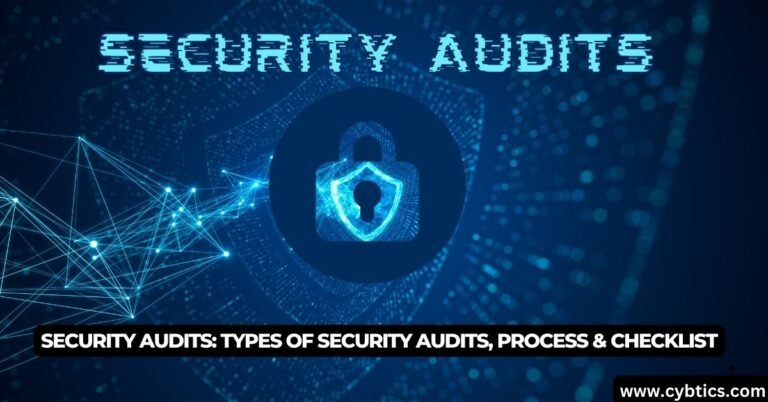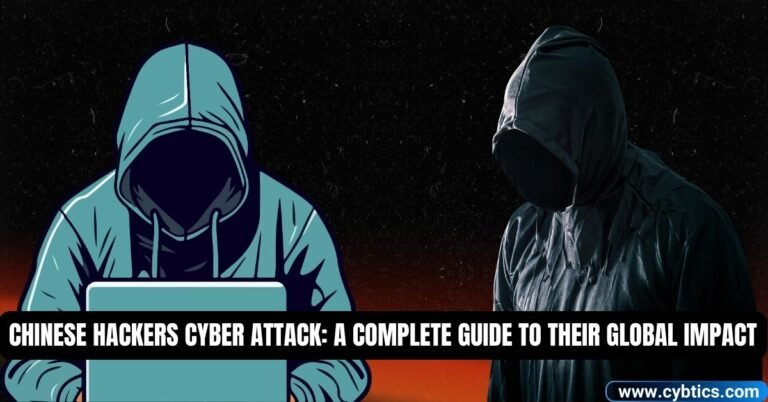Hackers are the masterminds of the digital world, breaking into systems with skill and secrecy. Some use their powers for good, while others create chaos for profit or fame. In 2025, the list of top hackers is more thrilling than ever. Get ready to meet the top 10 hackers rocking the cyber scene. Curious who’s number one?
These geniuses can crack codes, steal data, or even protect us from cyber threats. From lone wolves to shadowy groups, they shape our online lives. Kevin Mitnick, once a wanted man, now helps companies stay safe. Want to know the rest? Dive into the wild world of hacking!
What is hacking?
Hacking is like picking a lock in the digital world it’s all about finding a way into systems or networks. It’s done by super-smart people who know how to twist code and sneak past security. Some do it to test safety, while others aim to steal or cause trouble.
Think of hacking as a game of brains and tricks, played on computers instead of a board. It can be legal, like when experts help fix weak spots, or illegal when secrets get snatched. In 2025, hacking is everywhere, shaping how we protect our online lives.
What is Ethical Hacking?
Ethical hacking is like being a superhero of the internet using hacking skills to keep things safe. These hackers, called “white hats,” break into systems with permission to find weak spots before the bad guys do. It’s all about protecting companies, banks, and even you from cyber attacks.
Imagine a friendly spy testing a castle’s defenses to make it stronger that’s ethical hacking! In 2025, it’s a big deal because cyber threats are growing fast. Ethical hackers are the good guys who fight crime with keyboards instead of capes.
Who Are the Top 10 Legendary Hackers in the World?

Hackers are the rockstars of the digital age some break rules for fun, others for justice, and a few to make the world safer. In 2025, their stories still amaze us with clever tricks and bold moves. This article dives into the top 10 legendary hackers, exploring their past, what made them famous, and where their journeys took them. Ready to meet these cyber legends? Let’s go!
Kevin Mitnick

Kevin Mitnick started hacking as a teen in the 1980s, obsessed with cracking phone systems and computers. Known as “The World’s Most Wanted Hacker,” he broke into big companies like Nokia and Motorola, stealing secrets with charm and skill. His strength was social engineering tricking people into giving him access. He didn’t earn much from hacking itself but built a fortune later through his career.
After years on the run, the FBI caught him in 1995, and he served five years in prison. Once out, he flipped his life around, becoming a top cybersecurity expert and author of best-selling books like Ghost in the Wires. His career now earns him millions through consulting and speaking. Mitnick’s legend lives on as a hacker who turned his genius into a force for good until his passing in 2023 from cancer.
Julian Assange
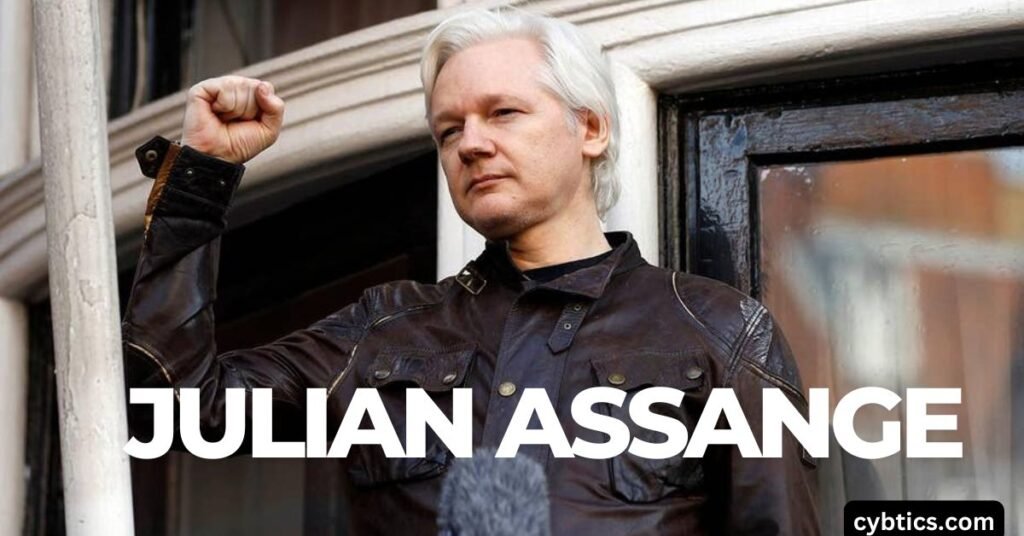
Julian Assange was just 16 when he began hacking in Australia under the name “Mendax” in the 1980s. He sneaked into systems like NASA and the Pentagon, driven by curiosity, not greed. His strength? Finding secrets and staying unseen until he got caught in 1994. He paid a small fine then, but his real fame came later.
In 2006, he founded WikiLeaks, leaking massive government secrets that shook the world like U.S. military files. His career as a hacktivist made him a hero to some and a villain to others, with no clear earnings but huge influence. Now in 2025, after years of legal battles, he’s free but keeps a low profile. Assange’s legend is his fearless fight for truth.
Gary McKinnon

Gary McKinnon, a quiet Scotsman, hacked into U.S. military and NASA systems in 2001-2002 under the name “Solo.” He was hunting for UFO proof and left cheeky messages like “Your security sucks.” His strength was persistence using basic tools to crack big networks. He never earned money from it, just wanted answers.
The U.S. called it the “biggest military hack ever” and chased him for years, but the U.K. blocked his extradition in 2012. Gary’s career stayed small he worked as a systems analyst before fading out of tech. Now in 2025, he lives privately, a legend for taking on giants with a home computer and a wild dream.
Adrian Lamo
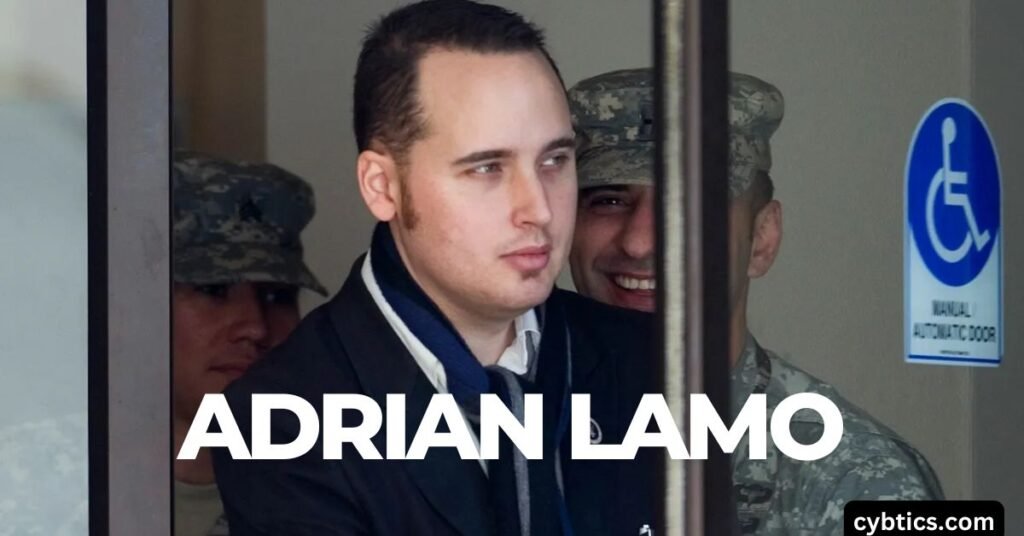
Adrian Lamo, dubbed “The Homeless Hacker,” started cracking systems in the early 2000s from coffee shops and libraries. He broke into Yahoo and The New York Times, adding his name to their expert list just to show he could. His strength was adaptability hacking on the move with almost no gear. He didn’t earn cash, just fame.
After exposing security flaws, he turned in WikiLeaks leaker Chelsea Manning in 2010, sparking controversy. His career took a dark turn struggling with mental health, he died in 2018 at 37. In 2025, Lamo’s legacy is a mix of brilliance and tragedy, a hacker who blurred the line between right and wrong.
Jonathan James
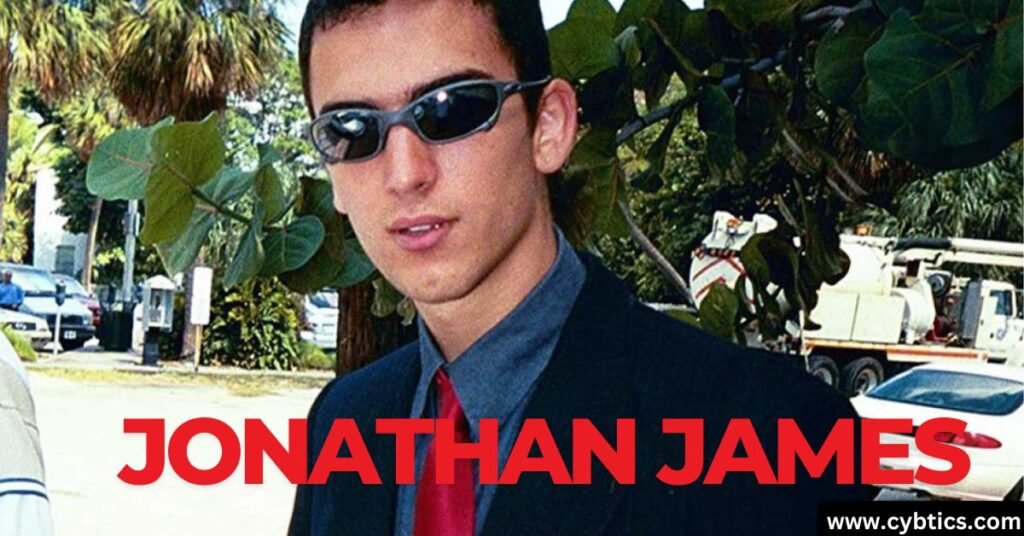
Jonathan James, known as “c0mrade,” was only 15 when he hacked NASA and the U.S. Defense Department in 1999. He stole software worth $1.7 million, shutting down NASA’s computers for weeks. His strength? Pure talent he taught himself to break complex systems. He didn’t make money, just proved a point.
Caught in 2000, he became the first teen jailed for cybercrime in the U.S., serving six months. He tried a quiet life as a tech worker, but took his own life in 2008 at 24, fearing more charges. By 2025, James is remembered as a young genius whose story ended too soon.
Albert Gonzalez
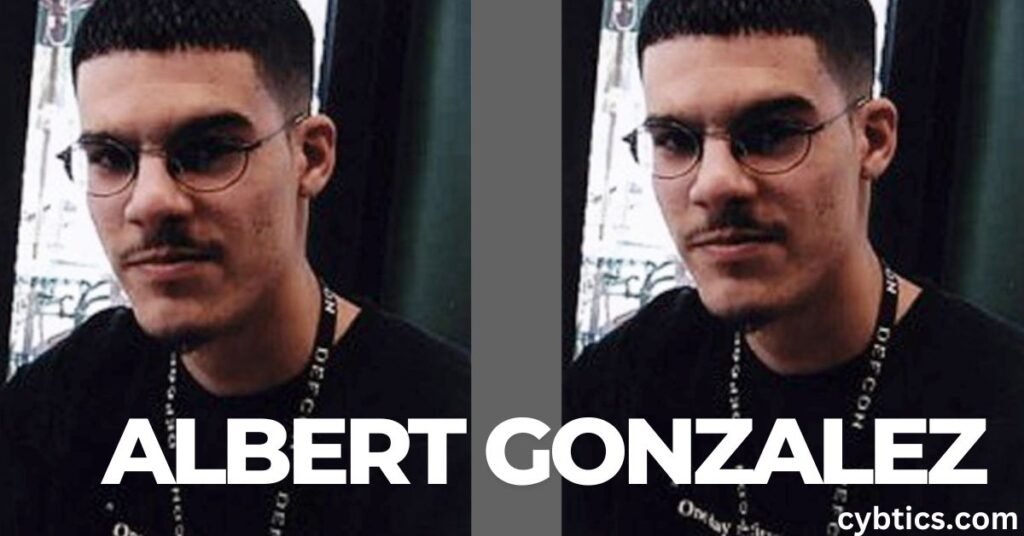
Albert Gonzalez began as a teen hacker in Miami, leading a group called ShadowCrew in the early 2000s. He stole over 170 million credit card numbers, hitting companies like TJ Maxx earning millions from selling data. His strength was teamwork, masterminding huge cyber thefts. His crimes made him rich, briefly.
Caught in 2008, he turned informant before facing 20 years in prison set for release in 2025. His career as a “black hat” hacker brought luxury cars and cash, but it crashed hard. Now, he’s a legend for pulling off some of the biggest data heists ever, a cautionary tale of crime’s cost.
Kevin Poulsen

Kevin Poulsen, aka “Dark Dante,” hacked phone lines in the 1980s, winning a Porsche from a radio contest in 1990. He also dug into Pentagon files, showing off his knack for systems. His strength was versatility tackling phones and computers with ease. He didn’t earn much from hacks, just prizes.
Arrested in 1991, he served five years, then became a journalist for Wired and The Daily Beast. By 2025, Poulsen’s career thrives, earning a solid income writing about cybersecurity. He’s a legend for flipping from outlaw to respected voice in tech.
Robert Tappan Morris
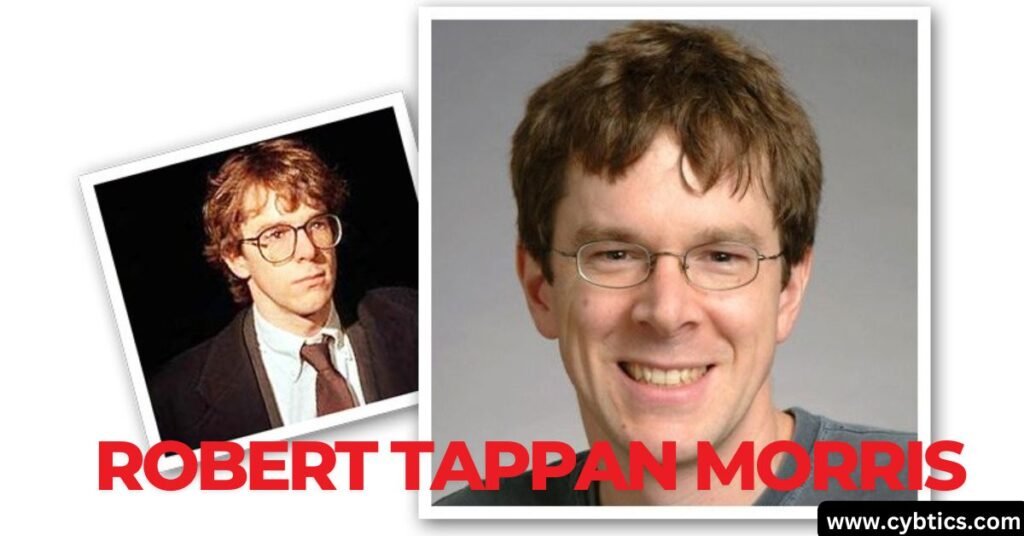
Robert Morris was a Harvard student when he unleashed the “Morris Worm” in 1988, the first big internet virus. It slowed thousands of computers, costing millions he just wanted to measure the web. His strength was coding brilliance, even if it backfired. He earned nothing from it.
Convicted in 1989, he got probation, then built a huge career co-founding Y Combinator, a startup giant. By 2025, he’s a professor at MIT with millions from tech ventures. Morris is legendary for accidentally shaping internet security.
Anonymous (Group)
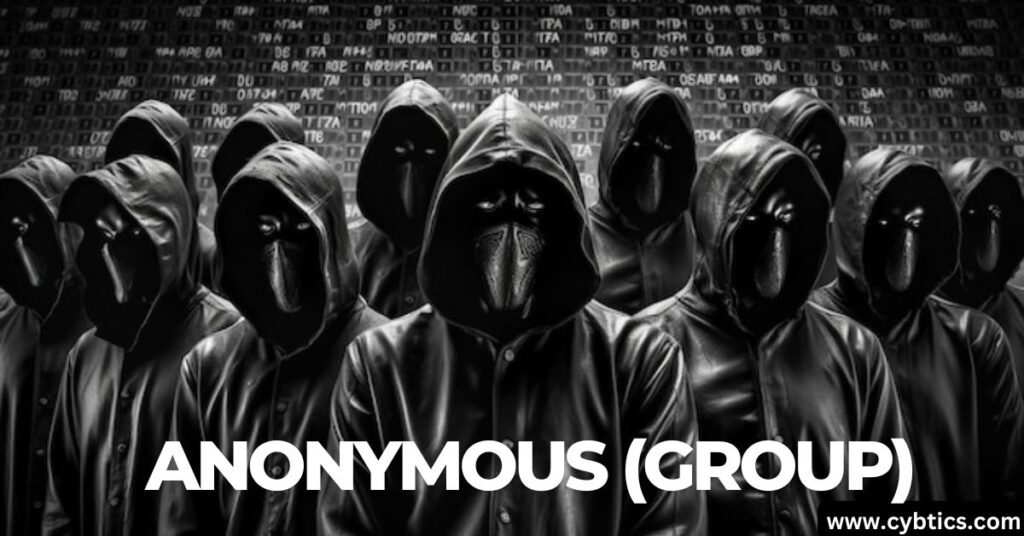
Anonymous isn’t one person but a faceless hacker crew born on 4chan in the 2000s. They hit Scientology, governments, and corporations with cyberattacks for justice like exposing Russia in 2022. Their strength? Numbers and secrecy no one knows who’s in. Earnings? None they’re rebels, not robbers.
By 2025, they’re still active, dodging arrests with no leader to catch. Their “career” is chaos, using Guy Fawkes masks to rally online warriors. Anonymous is legendary for showing the power of a nameless crowd.
Linus Torvalds

Linus Torvalds hacked his way into fame by creating Linux in 1991, a free operating system anyone can tweak. He didn’t break laws but rewrote rules, outsmarting pricey tech giants. His strength is vision—building something lasting and open. He’s earned a modest fortune from it.
Still coding in 2025, Torvalds leads Linux development, living quietly in Oregon with millions from tech influence. His career shaped modern computing, from phones to servers. He’s a legend for proving hacking can build, not just break.
Top 20 Famous hacker groups
| Hacker Group | Origin & Year | Notable Activities | Strengths | Motivations | Current Status (2025) |
| 1. Anonymous | USA, 2003 (4chan forums) | DDoS attacks on Visa, PayPal, Scientology; supported Arab Spring, targeted ISIS. | Decentralized, global reach, numbers. | Free speech, anti-censorship. | Active, sporadic operations. |
| 2. Lazarus Group | North Korea, 1998 | Sony Pictures hack (2014), WannaCry ransomware (2017), stole $100M in crypto (2023). | State-backed, persistent, stealthy. | Cyber warfare, financial gain. | Active, a major global threat. |
| 3. Fancy Bear (APT28) | Russia, 2000s | Hacked DNC (2016), German parliament, Ukrainian artillery systems (2010s). | State support, espionage skills. | Political influence, espionage. | Active, tied to Russian GRU. |
| 4. Equation Group | USA, 2001 (NSA-linked) | Stuxnet worm (2010), hoarded exploits leaked by Shadow Brokers (2016). | Advanced tools, government resources. | National security, espionage. | Active, secretive NSA unit. |
| 5. LulzSec | USA/UK, 2011 | Hacked Sony Pictures, CIA, leaked Arizona Police data; taunted victims publicly. | Boldness, media savvy, quick strikes. | Entertainment, chaos (“lulz”). | Disbanded in 2011, some arrested. |
| 6. Syrian Electronic Army | Syria, 2011 | Hacked AP Twitter (2013), defaced BBC, spread pro-Assad propaganda. | Phishing, DDoS, social media hacks. | Support Syrian regime. | Inactive since 2015. |
| 7. Chaos Computer Club (CCC) | Germany, 1981 | Exposed German voting machine flaws, hacked TVs for free calls (1980s). | Ethical hacking, technical skill. | Privacy, tech freedom. | Active, respected white-hat group. |
| 8. Lizard Squad | Unknown, 2014 | DDoS attacks on PSN, Xbox Live (2014), hacked Malaysia Airlines site (2015). | DDoS expertise, gaming focus. | Disruption, fame. | Disbanded, some members arrested. |
| 9. Cozy Bear (APT29) | Russia, 2000s | SolarWinds hack (2020), targeted U.S. think tanks and NGOs (2010s). | Stealth, long-term espionage. | State espionage, intelligence. | Active, linked to Russian FSB. |
| 10. DarkSide | Eastern Europe, 2020 | Colonial Pipeline ransomware (2021), shut down after massive backlash. | Ransomware-as-a-service (RaaS). | Financial gain. | Disbanded in 2021, but offshoots exist. |
| 11. Legion of Doom | USA, 1984 | Wrote Hacker Manifesto, battled Masters of Deception in “Great Hacker War.” | Early hacking culture, phone hacks. | Exploration, knowledge sharing. | Inactive since early 2000s. |
| 12. Turla (Snake) | Russia, 2000s | Spied on embassies (2014), hacked encrypted comms (2015), targeted Ukraine. | Sophisticated malware, persistence. | Espionage for Russian gov. | Active, highly advanced. |
| 13. APT1 (Comment Crew) | China, 2000s | Stole data from 141 companies (2006-2013), linked to Chinese PLA Unit 61398. | Mass data theft, state backing. | Industrial espionage. | Active, quieter after 2013 exposure. |
| 14. REvil (Sodinokibi) | Russia, 2019 | Kaseya ransomware attack (2021), extorted $70M, hit JBS Foods. | RaaS, fast-evolving malware. | Pure profit. | Disbanded in 2021, some arrested. |
| 15. Cult of the Dead Cow | USA, 1984 | Released Back Orifice tool (1998), shaped early hacker culture. | Innovation, open-source ethos. | Tech freedom, experimentation. | Inactive, legacy in cybersecurity. |
| 16. Tarh Andishan | Iran, 2010s | Operation Cleaver (2014), hit 50+ entities in 16 countries—military, airlines, etc. | Coordinated, multi-target attacks. | Retaliation, state goals. | Inactive since mid-2010s. |
| 17. BlackCat (ALPHV) | Russia, 2021 | Change Healthcare hack (2024), disrupted U.S. pharmacies, demanded huge ransoms. | RaaS, aggressive extortion. | Financial gain. | Active, $10M U.S. bounty on leaders. |
| 18. UGNazi | USA, 2011 | Hacked CIA, 4chan, stole celeb data, DDoS attacks on government sites. | Social engineering, bold moves. | Fame, disruption. | Disbanded in 2012, leader jailed. |
| 19. Dragonfly (Energetic Bear) | Russia, 2010s | Targeted energy grids in U.S., Ukraine (2010s), caused blackouts via DDoS. | Critical infrastructure focus. | Espionage, disruption. | Active, tied to Russian FSB. |
| 20. Masters of Deception | USA, 1980s | Fought Legion of Doom, hacked phone systems, disrupted AT&T networks (1990s). | Phone hacking, rivalry-driven. | Exploration, competition. | Inactive since 1990s, some arrested. |
Quick Insights on Each Group
Anonymous: A leaderless crew famous for Guy Fawkes masks, they’re still popping up in 2025 for causes like privacy and justice.
Lazarus Group: North Korea’s cyber weapon, they mix chaos (WannaCry) with cash grabs (crypto heists).
Fancy Bear: Russia’s political hackers think election meddling and military sabotage.
Equation Group: The NSA’s silent ninjas, their tools like Stuxnet rewrote cyber warfare.
LulzSec: Short-lived but loud, they hacked for laughs until the law caught up.
Syrian Electronic Army: Assad’s digital cheerleaders, they faded as Syria’s war shifted.
Chaos Computer Club: Europe’s OG ethical hackers, still teaching the world in 2025.
Lizard Squad: Gaming’s nightmare, they knocked out consoles for kicks.
Cozy Bear: Fancy Bear’s sneaky cousin, they dig deep into networks for years.
DarkSide: Pipeline hackers who vanished after one big score too hot to handle.
Legion of Doom: Pioneers who gave us the hacker ethos, now a fond memory.
Turla: Russia’s spy masters, lurking in shadows with top-tier malware.
APT1: China’s corporate thieves, exposed but still lurking quieter now.
REvil: Ransomware kings who cashed out big before disappearing.
Cult of the Dead Cow: Early rebels who built tools still used today.
Tarh Andishan: Iran’s revenge squad, they hit hard then faded out.
BlackCat: 2025’s ransom stars, crippling healthcare for profit.
UGNazi: Teen troublemakers who punched up until jail time hit.
Dragonfly: Power grid stalkers, Russia’s energy weapon in cyber form.
Masters of Deception: Phone hackers who lost the war to LOD and time.
Future of Ethical Hacking
The future of ethical hacking looks bright as our world gets more connected in 2025. With AI and smart devices everywhere, ethical hackers will be the guardians keeping hackers at bay. They’ll use their skills to test new tech like self-driving cars or virtual reality before the bad guys can exploit it. It’s a race to stay ahead in a wild digital jungle!
By 2030, ethical hacking could be a superstar career, with companies begging for these cyber heroes. Governments might even fund armies of “white hats” to protect us from ransomware and data leaks. Their tools will get sharper think AI-powered hacking detectors and their mission will grow bigger. The future’s safe if these good hackers keep winning!
Frequently asked question
Who is the No. 1 Hacker in the World?
It’s tough to pick a single “No. 1” hacker, but Kevin Mitnick often tops the list for his epic hacks in the 1980s and ’90s. He broke into major systems like Nokia and Motorola, earning fame before turning into a cybersecurity legend.
Who is the King of Hackers?
Kevin Mitnick is often called the “King of Hackers” for his unmatched skills and daring attacks on big companies. After prison, he flipped his talents to help the world, making him a true cyber royalty figure.
How Long Do Hackers Go to Jail?
Hackers’ jail time varies small crimes might get a few months, but big ones like Albert Gonzalez’s 20 years for stealing 170 million card numbers show the range. On average, serious cybercrimes land 5-10 years based on damage done.
Who is the Most Famous Hacker in the World?
Kevin Mitnick stands out as the most famous hacker, once labeled the “most wanted” by the U.S. for his wild hacking spree. His story went global, and now in 2025, his legacy as a reformed security guru keeps him iconic.
Summary
The top 10 hackers in the world are legends who reshaped the digital landscape with their skills. Kevin Mitnick, once a fugitive for cracking big systems, now leads as a reformed cybersecurity star until his 2023 passing. Julian Assange’s WikiLeaks leaks and Gary McKinnon’s UFO hunt in NASA servers stunned the globe. Adrian Lamo, Albert Gonzalez, and others showed hacking’s dark and daring sides some for fame, others for cash. In 2025, their stories mix genius, crime, and redemption, inspiring awe and caution.

